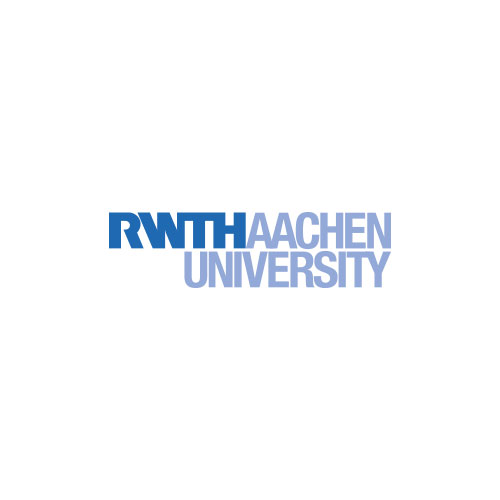RWTH Chemists Researching On A Gelation Mechanism
RWTH scientists Max Hohenschutz, Carlos G. Lopez and Professor Walter Richtering from the Chair of Physical Chemistry II are involved in researching a gelation mechanism. Beate Förster from Forschungszentrum Jülich and Pierre Bauduin from the Institut de Chimie Séparative de Marcoule in France are also part of the team. The results of the joint work are currently published in the journal “Angewandte Chemie” under the title “Superchaotropic Nano-ion Binding as a Gelation Motif in Cellulose Ether Solutions”.
Hydrogels are used in adhesives, medicines or diapers. In particular, gels based on renewable raw materials, such as cellulose derived from wood, are the focus of research. Until now, the production of gels in water has been limited by synthetic steps or high polymer concentrations. By adding certain salts, they can now be produced at low polymer concentrations and at the same time they can be provided with with attractive properties.
The team was able to demonstrate that small amounts of nanometer-sized inorganic ions can gel cellulose-based polymers. The gelation is based on the weak interaction of the nano-ions with water, which drives the ions out of the aqueous environment and causes them to attach to the polymer chains. Without chemical bonding, polymer chains are thus cross-linked by nano-ions, a network is created and a gel is formed. This “superchaotropic” crosslinking process is applicable to many biopolymers and it makes possible pH- or UV-light-switchable hydrogels with catalytic and pharmaceutical applications.

